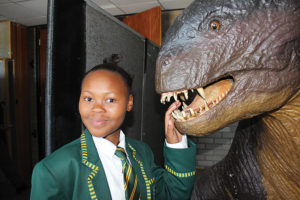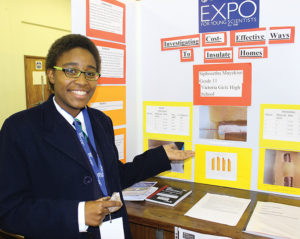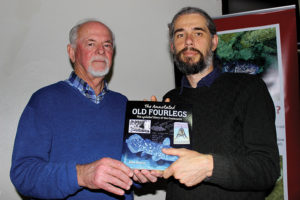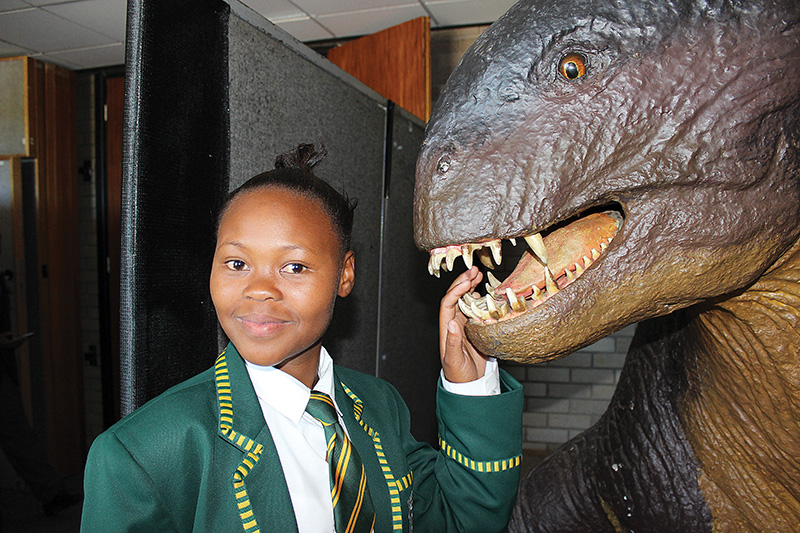
“No one is dumb who is curious,” said rock-star astrophysicist, Neil de Grasse Tyson and the slogan for our municipality is: Makana – a great place to be. Join them together and we find that Makana is a great place to be curious.
Curious people naturally gravitate towards the sciences, even those who happen to be studying in the humanities, and in Grahamstown there is plenty to whet the appetites of the sci-curious.
You do not have to be enrolled at the Science Faculty to enjoy science in Grahamstown.

Scifest Africa is the biggest single science festival in Africa and it takes place right on our doorstep.

Last year Scifest Africa had 58 exhibitions and more than 700 events including workshops, outdoor demonstrations and a top class lecture programme.
This year (7-13 March) the theme is “Innovation 4.0”, referencing the Fourth Industrial Revolution, including artificial intelligence, 3D printing, nanotechnology, robotics, quantum computing and digital fabrication technologies.
Water World is one of the most fascinating parallel events of Scifest Africa. The South African Institute for Aquatic Biodiversity, SAIAB, hosts Water World presenting a rare opportunity to learn about one of the largest collections of fish specimens in the world.
The SAIAB also houses a unique exhibition on the discovery of the first living coelacanth. The exhibition has photographs and an adult-sized, preserved coelacanth. This remarkable fish is on display at SAIAB throughout the year, and with an appointment, you will be shown around this amazing facility. The facility additionally offeres several free marine-related lectures during the year, where they invite experts and visiting academics to make public presentations.
Grahamstown is also at the forefront of National Science Week later in the year when the Science Faculty will host an open day and Eskom will hold the regional finals of its annual Science Expo. Open day is a good opportunity for prospective students to find out what science they can do at Rhodes while the Expo provides young people with a space to show what science they can do already.
The theme for National Science Week in August this year is: Bringing alive science, technology and innovation for a sustainable future.
The Albany Museum is really a group of five museums: Fort Selwyn, History Museum, the Observatory, the Provost and Natural Science.
The Natural Sciences Museum houses permanent collections of terrestrial insects, freshwater invertebrates, freshwater fishes, a plant herbarium, birds, palaeontological fossils, rocks and minerals, ethnographic and archaeological material.
It is worth the visit to find out what kind of wildlife roamed our countryside before the dinosaurs took over our planet. The museum has dioramas of mammal-like reptiles from the Permian and Triassic beds of the Karoo giving the visitor an idea of the fauna before and after the biggest extinction event on this plant.
Of special interest is a collection of fishes, plants and bugs that were found in 360-million-year old shale rock-beds just outside Grahamstown. These rocks are still being explored and new specimens are being added to the collection.


